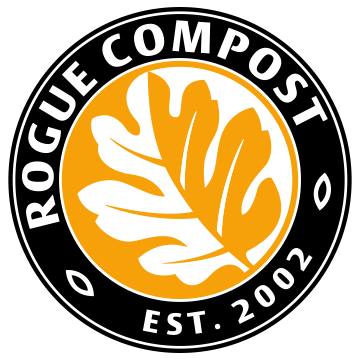How can I care for my lawn during the warmest days of summer?

The blazing sun can take its toll on your lawn. Summer is also the time when lawns tend to get more foot traffic from kids playing, outdoor cookouts and other yard-related activities. While it takes a bit more work than other times of the year, you can keep your lawn healthy and looking fresh even during the dog days of summer.
Identify trouble spots — Late summer means hotter temperatures for longer portions of the day. Walk around your lawn and see if certain spots are drying out, becoming weedy or getting attacked by seasonal bugs. Grass that gets direct sunlight for large portions of the day is most likely to be distressed as the summer wears on.
Strengthen your roots with aeration —Aerating your lawn — the process of puncturing the soil with small holes — helps get air and water to the roots, enabling them to grow deeper. The deeper the roots, the stronger and healthier the lawn. You can purchase hand tools to aerate your lawn, rent an aerating machine or use a lawn service to provide aeration.
Watch out for bugs — They may look tiny, but bugs and insects can cause a great deal of damage to your lawn — especially during the warmer summer months. Beetles, for example, can tunnel throughout your yard and dry out the soil. Grubs, on the other hand, chow down on your lawn’s roots, creating brown, dead spots across your once green yard.
Once you figure out the bug, do your homework to figure out how to combat it. Whenever possible, go as natural as possible. Essential oils, for example, are great for their bug-repelling power and aroma. (Mix peppermint, lemongrass and citronella oils together for a great outdoor bug spray.) Not sure what to use on your bugs? The local garden center is a wealth of information. You can also hire a lawn professional to treat your yard to knock out insect damage.
Mow smart — How — and how often — you mow your lawn can affect the growth and health of your grass. If you mow your lawn with a dull blade, the lawnmower can shred the tops of the grasses, leaving it looking bad and more susceptible to insects and disease. If you cut your lawn too short, too much sun can reach the roots and cause the grass to burn. And the folks at lawn-care company Scott’s recommend leaving grass clippings on top of the fresh-cut lawn — as they will break down and ultimately feed your lawn, naturally.
To fertilize or not to fertilize? — It’s best to avoid fertilizing your lawn when it’s under stress from heat or drought. Hold up on applying fertilizer until moisture arrives to ease any drought concerns. The reason? When the soil is really dry, fertilizer doesn’t make it to where it needs to go and isn’t absorbed into the soil. If you feel you do need to fertilize in the late summer, be sure and thoroughly water the ground first.
Is my brown grass dead or dormant? — It’s tough to go through the summer without seeing some brown grass. In some cases, despite your best efforts, the majority of the lawn may turn brown. But is it dead? Or just dormant — a protective mechanism that allows cool-season grasses to conserve nutrients and energy in order to survive the heat of the summer.
So how can you tell if it’s dead or dormant? One way is to do the “tug” test. Pull a handful of grass from your turf. If it’s easily removed, it’s likely dead. But if it has some resistance, it’s probably dormant. You can also water a patch of grass more than usual to see if the green color begins to return.
At the end of the day, your lawn is what you make of it. Keeping a grass lawn green and healthy can be a lot of work, and summer sun adds to that workload. But you may enjoy gardening (millions of people do) and find that having a natural grass carpet to live on in the summer is worth it. If you find all that too much, a traditional grass lawn may not be for you. There are more yard options today than ever before, including ground cover options such as moss, clover, flower beds or even water features, interspersed with stone or gravel paths.
Share This
